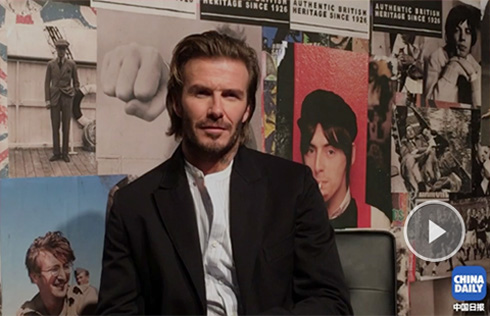Tibet on the Mural
Murals mainly using religion as a theme are everywhere in Tibet. They contain stories of gods and fairies. In temples, palaces, private residences, work sheds, and post offices, and even in inns and outdoors, Tibetan murals are the most important decoration. Of course this is especially true in temples. Generally, murals are painted in halls, walls and ceilings, making visitors feel like they are entering a wonderful paradise or a horrible hell.
 |
|
|
According to statistics, there are more than 100,000 murals in Tibetan temples and palaces. Murals total 4,400 square meters in the temple of Dazhao in Lhasa alone.
The Development of Tibetan Mural
Tibetan murals were first engraved on cliffs, 2000 years ago. According to Tibetan history, King Songtsan Gampo dreamed that four Buddha Sakyamuni, the Horse-Necked Diamond King, Tara and Acalanatha all appeared in the rosy clouds. He then ordered Nepalese artisans to engrave four statues of them decorated with color on a cliff. It was the first mural ever.
 |
|
|
The development of the Tibetan mural can be roughly split into two periods. The first period began after Songtsan Gampo succeeded to the throne, because he married the Nepalese princess Chizun and princess Wencheng of Tang Dynasty (618-907), introducing Buddhist statues and a number of Buddhist scriptures into Tibet. He also built the Jokhang Temple and the Ramoche Temple, all of which greatly influenced the mural development. Murals in this period had the traits of well-developed figures and pure colors, very close to murals of the Northern Wei Dynasty (386-534) and the early Tang Dynasty (618-907) of Dunhuang. The second period began at the end of the 10th century. At that time, the founder of Gelugpa (a sect of Tibetan Buddhism) Tson-kapa changed the religion, and made the Gelugpa a dominant sect in Tibet. Gelugpa raised the number of temples to 3,000 to meet the demand for painted murals. The governor had to recruit folk painters everywhere. After this generation, mural art had evolved into its most brilliant phase.
 |
|
|
The Style of Tibetan Mural
The Tibetan murals originate from rock paintings and cover religion, politics, history, economy, culture and life as well as landscapes, birds and flowers and even hunting scenes. The style is unique: gloomy and dark colors including black, dark blue, mauve, gray, yellow and white are predominant, while line drawing and outline drawing are used to express simple and natural, rugged and reminiscent feelings.
 |
|
|
How to Paint Tibetan Mural
The skills used in painting Tibetan murals are intricate.
Similar to Tangka, the pigments used in Tibetan murals are intentionally mixed with animal glue and ox bile, which makes the mural colorful and resists fading.






















